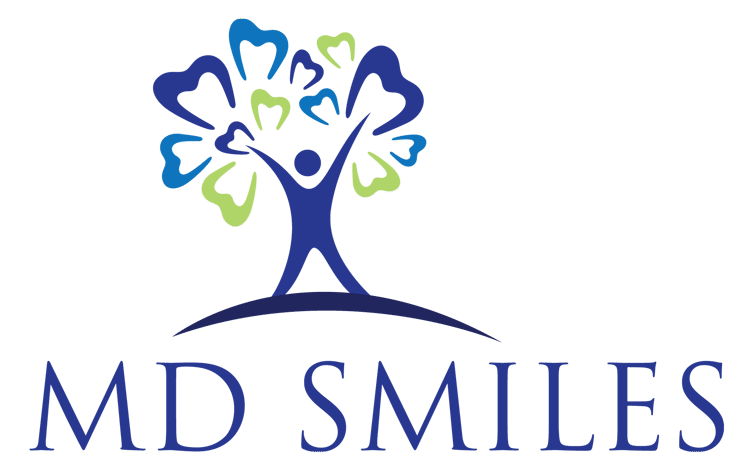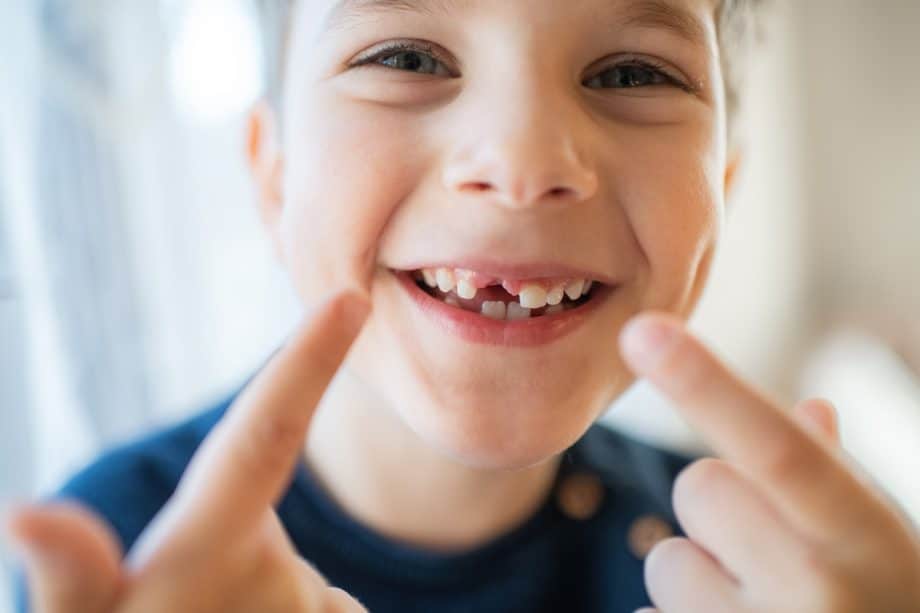Losing baby teeth is an exciting milestone for kids and parents alike. It marks a new phase in a child’s development while paving the way for their adult smile. However, it’s natural for parents to wonder when this process will begin and how to best support their child through it. Whether you’ve just spotted your child wiggling their first loose tooth or you’re preparing for this transition, understanding what to expect can make the tooth shedding experience smoother for everyone.
The Timeline of Losing Baby Teeth
Most children start losing their baby teeth, also known as primary teeth, around the age of six. This usually begins with the lower central incisors (the bottom front teeth) and is followed by the upper central incisors. From there, the lateral incisors, canines, and molars typically shed over the next few years. By around age 12, most children will have lost all 20 primary teeth, making room for their 32 permanent teeth.
It’s important to remember that every child is unique. Some may start losing their teeth earlier or later than others. A slight variation from the typical timeline is perfectly normal and typically nothing to worry about. If you’re concerned about any delays or patterns, a quick consultation with your dentist can provide clarity.
What to Expect When It’s Time
The process of losing a baby tooth often begins with the tooth becoming wiggly. This happens because the permanent tooth underneath is pushing through, dissolving the root that holds the baby tooth in place. Encourage your child to gently wiggle the tooth with clean fingers or their tongue, but avoid forcing it out prematurely. For most kids, the tooth will naturally fall out on its own with minimal discomfort.
Slight bleeding or tenderness can occur when a tooth comes out. This is normal and can be managed by having your child bite on a piece of clean gauze. A salty water rinse may also provide soothing relief if their gums are tender.
How to Encourage Proper Oral Hygiene
Losing baby teeth comes with an important responsibility for growing kids – caring for their new, permanent teeth. This is the perfect opportunity to instill strong oral hygiene practices. Teach your child to brush twice daily using fluoride toothpaste and demonstrate proper brushing techniques. Make flossing a fun and routine habit to protect those gaps and spaces between their teeth.
Additionally, regular dental visits are essential not only for maintaining healthy teeth and gums but also for ensuring that the transition from baby to adult teeth progresses as it should. Your dentist can provide guidance during this period and address any concerns that may arise.
Looking Ahead
The transition from baby teeth to a full set of adult teeth is an exciting time for both kids and parents. While shedding those first teeth might feel a little unfamiliar, it marks a beautiful step forward in your child’s growth and development. By offering gentle guidance, teaching the importance of good oral hygiene, and maintaining regular dental checkups, you can ensure this process is as seamless and positive as possible.
Frequently Asked Questions About Tooth Shedding
When should I be concerned if my child hasn’t started losing teeth?
Most children begin losing their first baby tooth around age six, but some may start earlier or later. If your child hasn’t lost a tooth by age seven or eight, it’s a good idea to consult your dentist to check for underlying issues or determine if development is on track.
What should I do if my child swallows a baby tooth?
Don’t worry! It’s not uncommon for children to accidentally swallow a tooth. Baby teeth are small and will typically pass through the digestive system without any harm. However, if your child experiences any discomfort or distress, contact your dentist for advice.
At MD Smiles, we’re here to make every stage of your child’s oral health a positive experience. From their first dental visit to guidance on caring for their adult smile, our team is dedicated to your family’s comfort and well-being. If you have concerns about your child’s tooth shedding or dental development, contact us today. We’re here to help.

